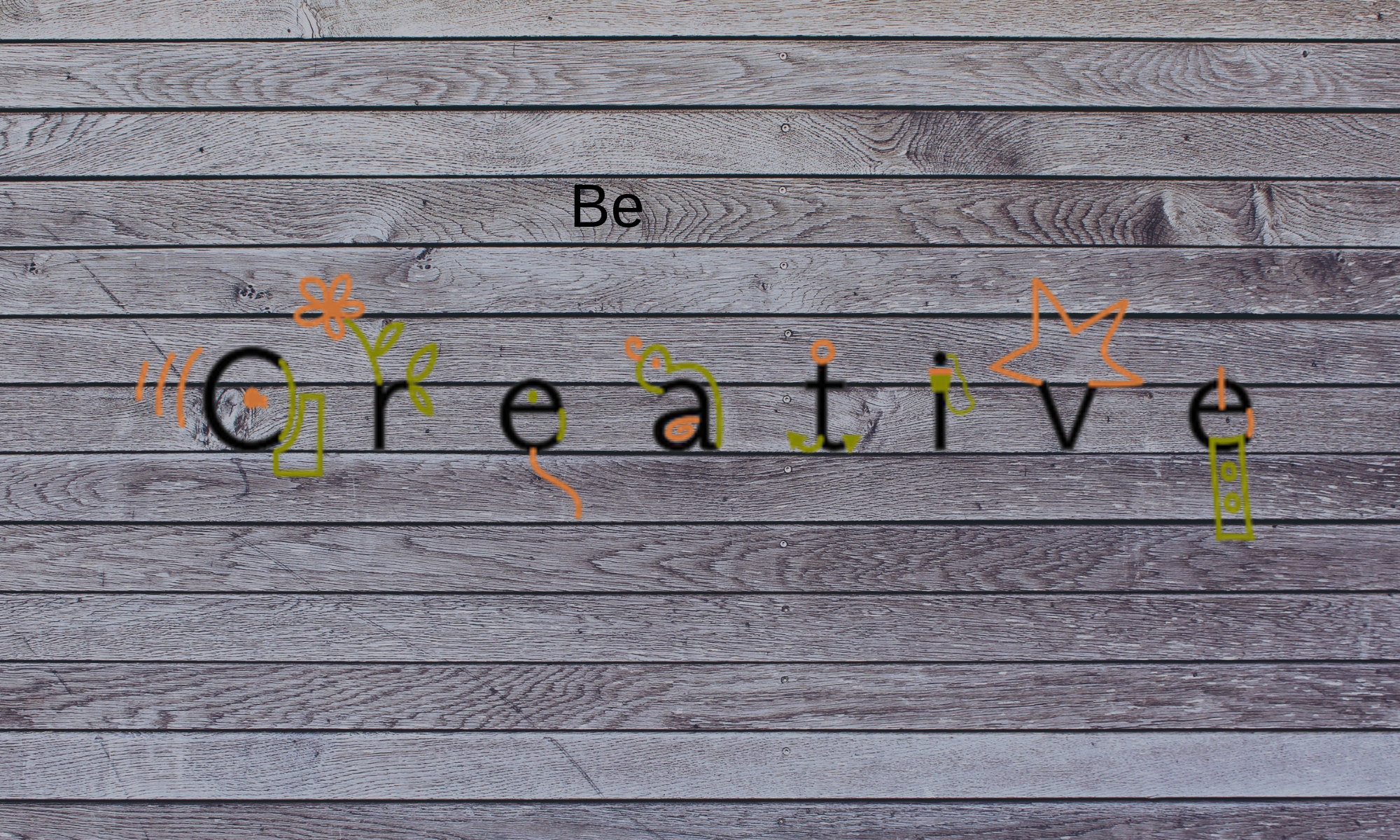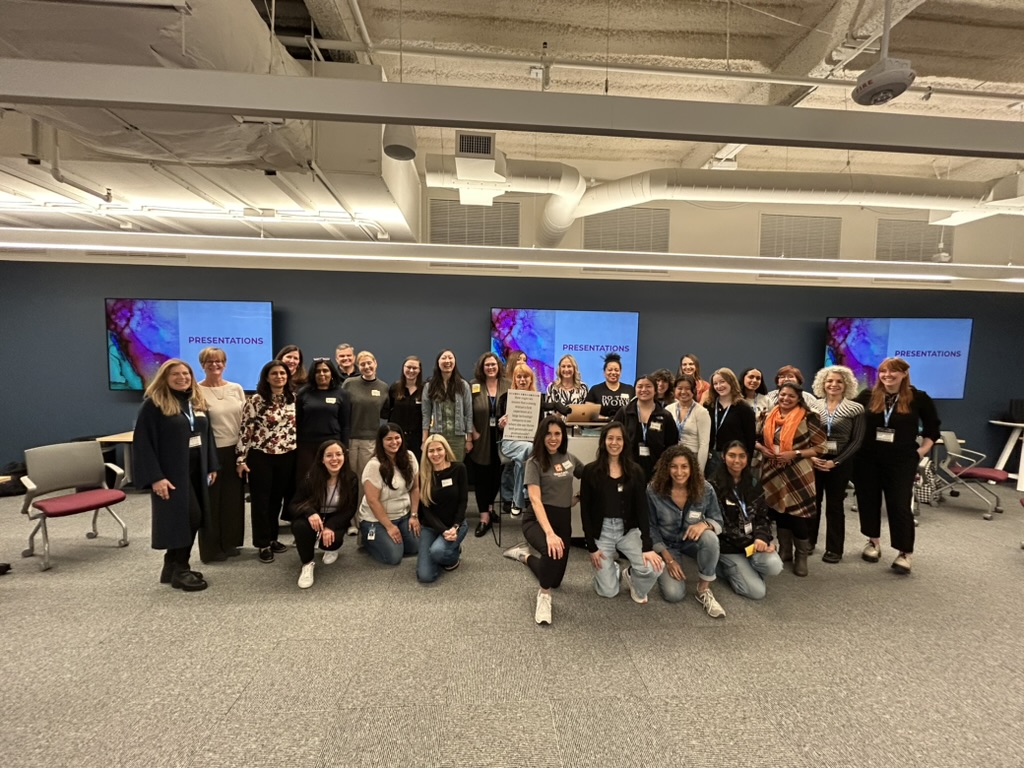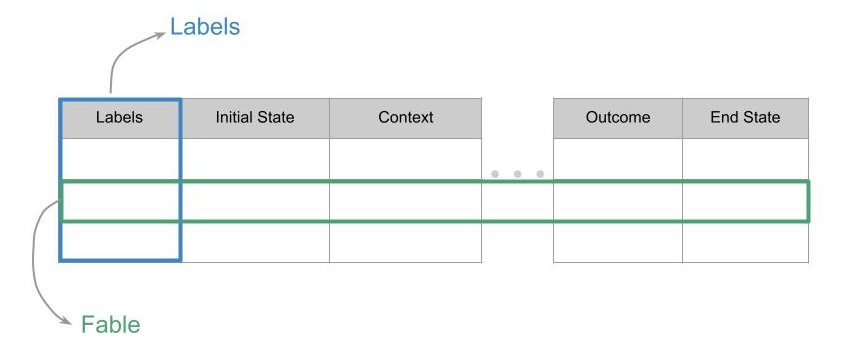A company’s competitive advantage comes from its ability to innovate in a changing environment, and employee innovation plays an essential role. Many highly successful ideas, like Gmail or Post-its, were not mandated from the top but came from passionate employees who saw opportunities that leaders missed.
However, fostering employee innovation is challenging, especially when you consider the effect of gender and other biases. While women are just as innovative as men, their ideas often get devalued or dismissed, which can be costly for companies. As one study conducted on a large energy corporation noted, “The potential for innovation stemming from women generating ideas in this organisation seems to be largely unexploited, and women’s ideas are less frequently implemented than those of men.”
To understand and address how gender bias impacts women in the workplace, we recently collaborated with Maureen Carrol from Lime Design to create a new design thinking workshop, with the generous support of Guidewire.
The rest of the post talks about how we designed the workshop and what we learned from it.
Our Process
Our first step was to understand the real challenges women were facing in the technology industry. We interviewed many women — ranging from senior leaders to junior employees — to hear their stories about setbacks and frustrations they face in doing their jobs. We then coded the interviews to identify some common themes like communication, relationship building and recognition. The data from the interviews gave us insights on how to design the rest of the workshop.
Double-bind Situations and Janusian Thinking
Our interviewees shared many double-bind situations they face, in line with research over the last few decades. As an example, women often face backlash for asking probing questions, but sometimes you need to ask the right questions to surface flaws in a design to do your job effectively. So this creates a paradoxical situation driven by two opposing forces – one pushing you to question, while the other holding you back. One of our interviewees shared how she found a way to navigate this situation. Instead of asking direct questions, she would move the discussion to the whiteboard to list out the assumptions they are making and the data they have. The whiteboard serves to take the focus away from gender while also providing an avenue to capture relevant information about the problem.
The prevalence of such scenarios naturally led us to the theme of our workshop – double-bind situations. Solving such situations is quite tricky because, from the face of it, there doesn’t seem to be a good way out. This is where a creative thinking technique, called Janusian thinking, can be useful. Janusian thinking, named after the two-headed Roman God, Janus, required holding two contradictory thoughts in view at the same time. One way to solve paradoxes using Janusian thinking is by finding another dimension to add and change the nature of the problem. In the double-bind example above, adding the whiteboard to the situation retained the ability to ask tough questions while also removing the threat of any backlash. We shared this technique with the participants to use in their brainstorming phase, if they are able to.
Personas and “How Might We…”
After we identified the overall theme, our next step was to create personas for our workshop that would resonate with our audience. In our interviews, we realized that challenges that women face early in their career can be different as they rise up higher in the organization. So, we used three different personas – senior leader, mid-level manager and entry level employee to capture the different phases of women’s careers. To craft our personas, we relied not just on our interviews but also studies from gender research that quantified and validated what our interviewees had experienced. Finally, we put together empathy boxes that included the persona description, different artifacts related to the persona (like college stickers or hobby materials) and also research highlights.
Finally, we created “How Might We…” (HMW) questions that participants got after they had a chance to go through the empathy boxes and had round-table discussions as they went through each artifact. Each of the HMW corresponded to the persona that the unique challenges that the persona faced.
Participants
While most of our participants were women already working in the tech industry, we also worked with d.Tech High School and invited a few high school girls to participate in the workshop. These students are already learning design thinking in their high school curriculum so the workshop gave them a real-world exposure to using the concepts to solve problems. In addition, we thought that these students would bring new perspectives to the problem solving process. This turned out to be a really good idea in the end. Many of our participants commented on how much they appreciate the students in their teams and how valuable it was to include student voices into the solution.
Solutions
Since this was a half-day workshop, we had to move through the process fast. Despite that, we were impressed with the solutions that teams came up with. Each team had to pick one of their ideas and produce a low-resolution prototype in any format they wanted. Some chose to do a role-play approach while others built simple cardboard prototypes. One of the things we realized is that all teams came up with ideas that would improve onboarding or team culture for everyone, not just women and minorities. So while they might disproportionately help women and minorities, they were useful ideas applicable more broadly to everyone. Here are some of the ideas at a very high level that teams came up with (interestingly, some teams independently came up with similar ideas to each other indicating a real need to solve some of these challenges):
- Improving the onboarding process to allow new employees to quickly build relationships with peers and mentors, using AI to facilitate this process
- Improving group discussions with assistance from AI that tracks different aspects, including individual emotions
- Creating better norms to celebrate not just outcomes but how results are achieved
While teams generated many ideas, we did not have time to go through all of them due to time limitations. In a longer workshop, we could also find ways to look at potentially great ideas that might have been discarded while picking the top one. Overall, we thoroughly enjoyed the process of creating and running the workshop, and many of our participants shared that they were really energized working in their teams!





